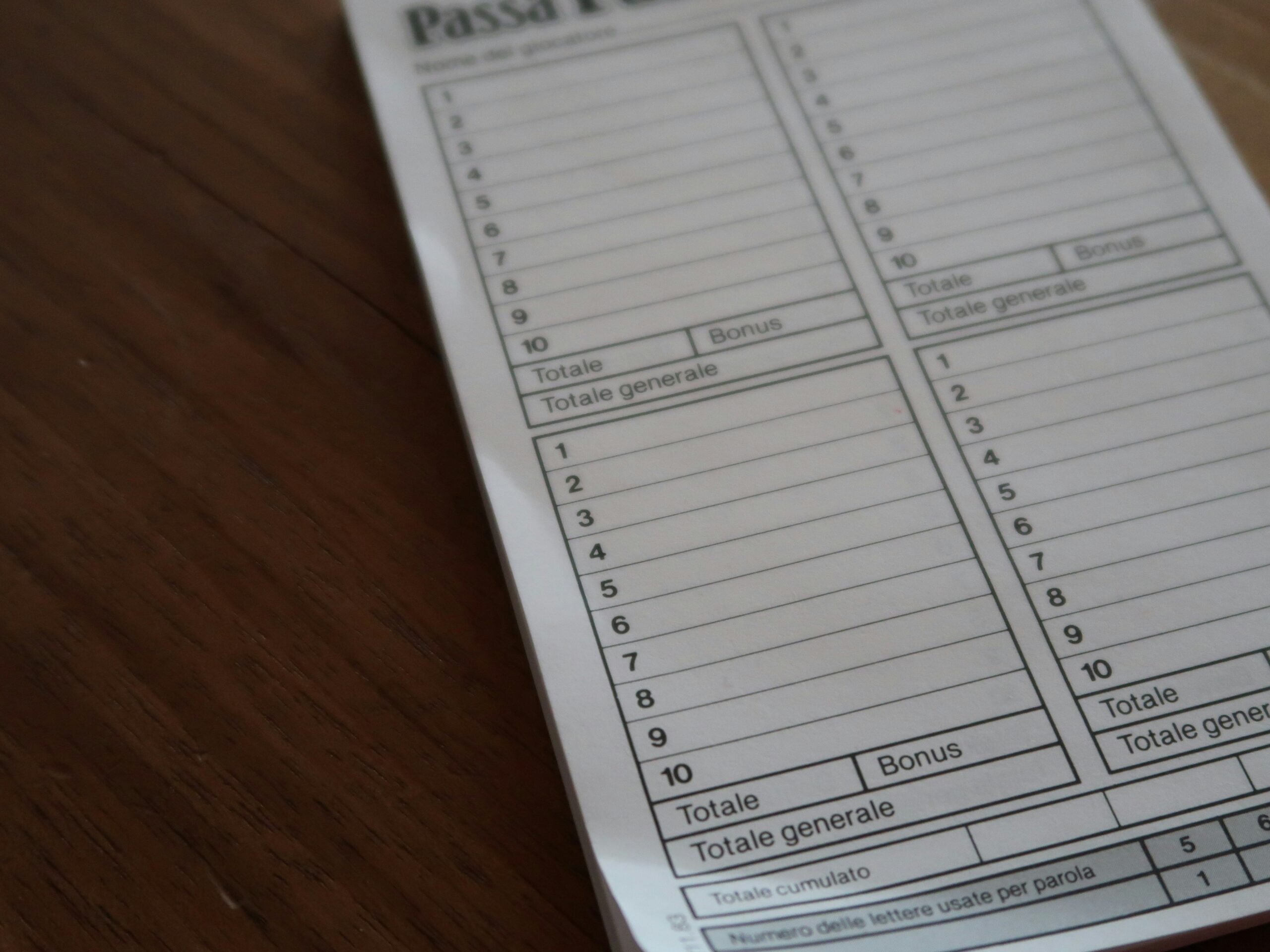Ever stared at a legal bill so high it made your credit card cry? Yeah, we’ve all been there. Whether you’re a small business owner or an inventor protecting your groundbreaking idea, patent infringement lawsuits can drain your bank account faster than you can say “litigation.” But here’s the kicker: most people have no clue how to document their legal defense costs properly. Spoiler alert—it could save you thousands.
This post dives deep into the world of patent infringement insurance, focusing on why documenting legal defense costs is non-negotiable. You’ll learn the what, why, and how of this critical practice—including actionable steps, best practices, and real-world case studies. Ready to turn legal headaches into manageable expenses? Let’s go!
Table of Contents
- Key Takeaways
- Why Legal Defense Costs Matter in Patent Infringement Insurance
- How to Document Your Legal Defense Costs Like a Pro
- Tips for Streamlining Legal Defense Cost Documentation
- Real-Life Success Story: Saving $50K with Proper Documentation
- FAQs About Legal Defense Costs and Patent Infringement Insurance
- Conclusion
Key Takeaways
- Documentation of legal defense costs ensures maximum reimbursement from patent infringement insurance policies.
- Poorly tracked expenses can lead to denied claims—ouch!
- Use tools like spreadsheets, accounting software, and digital receipts to streamline documentation.
- Avoid these pitfalls: missing deadlines, vague descriptions, and lack of supporting evidence.
Why Legal Defense Costs Matter in Patent Infringement Insurance

Here’s a fun fact: The average cost of defending a patent infringement lawsuit ranges between $3 million and $5 million. Yikes, right? That’s more money than most people will earn in a lifetime. Enter patent infringement insurance, which helps mitigate those costs by covering legal fees and settlements. However, insurers don’t just hand over checks—they demand rock-solid documentation of every penny spent.
Confessional Fail: I once worked with a client who lost out on a whopping $75,000 claim because they kept handwritten notes instead of using proper accounting software. Sounds like nails on a chalkboard, doesn’t it?
The Problem You Didn’t Know You Had
Without meticulous records, proving your legal defense costs becomes a nightmare. Insurers require detailed invoices, timestamps, and explanations for each expense. Think of it as a paper trail that screams, “Pay me now!” Or else… crickets. Trust me; you don’t want silence when you’re drowning in litigation debt.
How to Document Your Legal Defense Costs Like a Pro
Step 1: Set Up a Digital Filing System
Optimist You: “Just scan everything and call it a day!”
Grumpy You: “Ugh, sure—but only if you actually organize the files.”
Create separate folders for invoices, emails, and any other relevant documents. Use cloud storage platforms like Google Drive or Dropbox for easy access.
Step 2: Record Every Expense Immediately
Delaying even one receipt entry can come back to haunt you later. Apps like QuickBooks or Expensify make tracking painless. Pro tip: Snap photos of receipts ASAP.
Step 3: Annotate Everything
Add notes explaining each charge. Did you hire an expert witness? Write down who they were and why they were necessary. This extra step prevents future confusion.
Tips for Streamlining Legal Defense Cost Documentation
- Automate Whenever Possible: Use apps that sync directly with your bank account to auto-categorize expenses.
- Double-Check Deadlines: Submit documentation before insurer deadlines expire. Missing them is worse than forgetting your ex’s birthday.
- Keep Communication Logs: Save email threads discussing strategy changes or additional charges.

Real-Life Success Story: Saving $50K with Proper Documentation
Jane Doe, a tech startup founder, faced a patent troll lawsuit that threatened to bankrupt her company. Thanks to her obsessive documentation habits—she used FreshBooks to track invoices and uploaded weekly summaries to her insurer—she successfully claimed $50,000 in covered expenses. Moral of the story? Be Jane.

FAQs About Legal Defense Costs and Patent Infringement Insurance
Q: What counts as acceptable documentation?
A: Anything with dates, amounts, and clear descriptions—like invoices, contracts, and email confirmations.
Q: Can undocumented expenses still qualify?
A: Maybe—but prepare for a fight. It’s smarter to avoid this headache entirely.
Q: Is it worth hiring an accountant?
A: Absolutely. Their expertise often pays for itself through better organization and maximized claims.
Conclusion
Documenting legal defense costs isn’t sexy—but it’s essential. By following the steps outlined above, you’ll not only protect yourself financially but also give your patent infringement insurance the proof it needs to cover your butt. And hey, while documenting may feel like pulling teeth, think of the alternative: empty pockets and endless stress.
Final Grumpy Note: Yes, documenting sucks—but imagine doing it wrong and losing big bucks. Suddenly, spreadsheets sound pretty sweet, huh?
Like a Tamagotchi, your documentation process requires daily care. Neglect it, and you’ll pay the price (literally).


